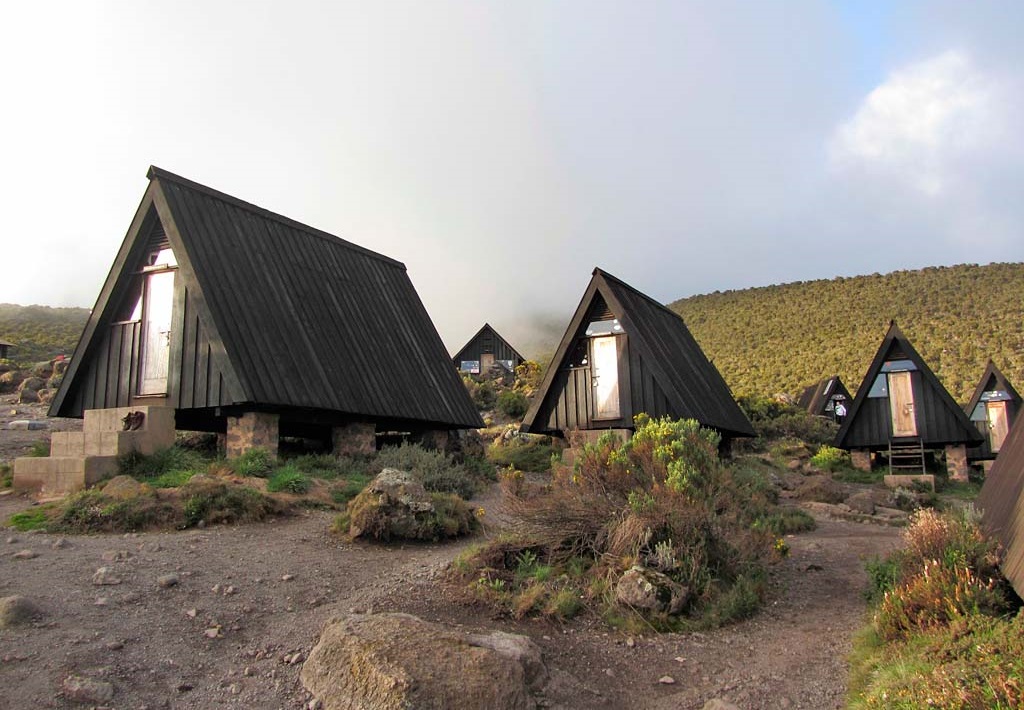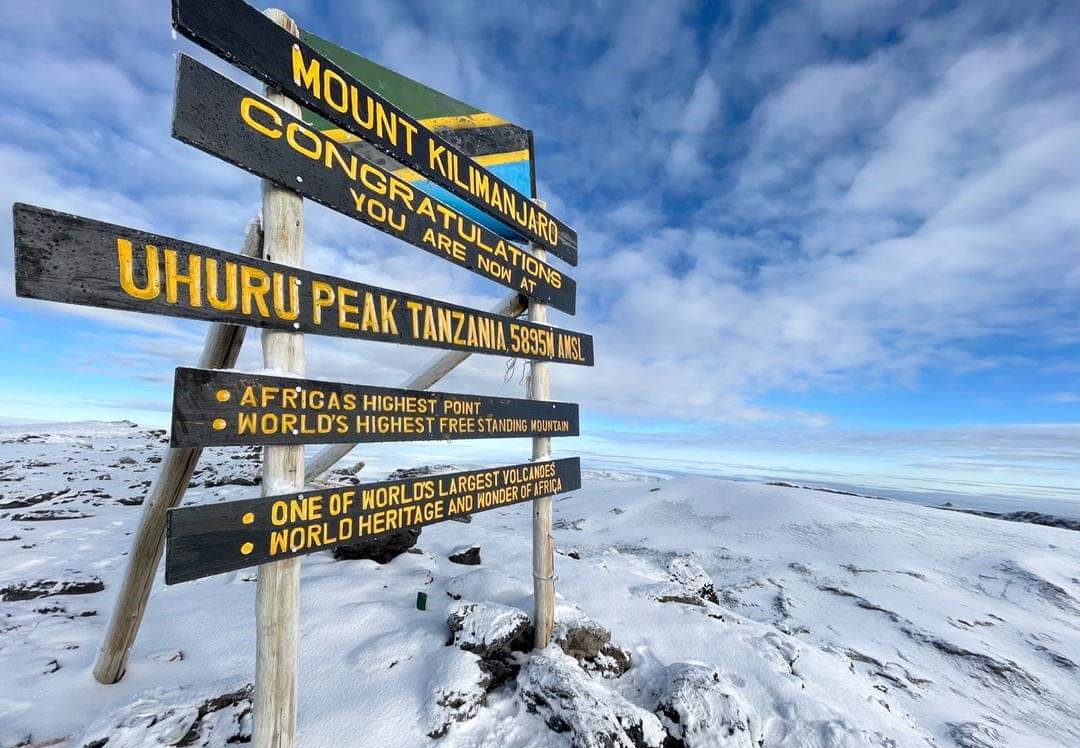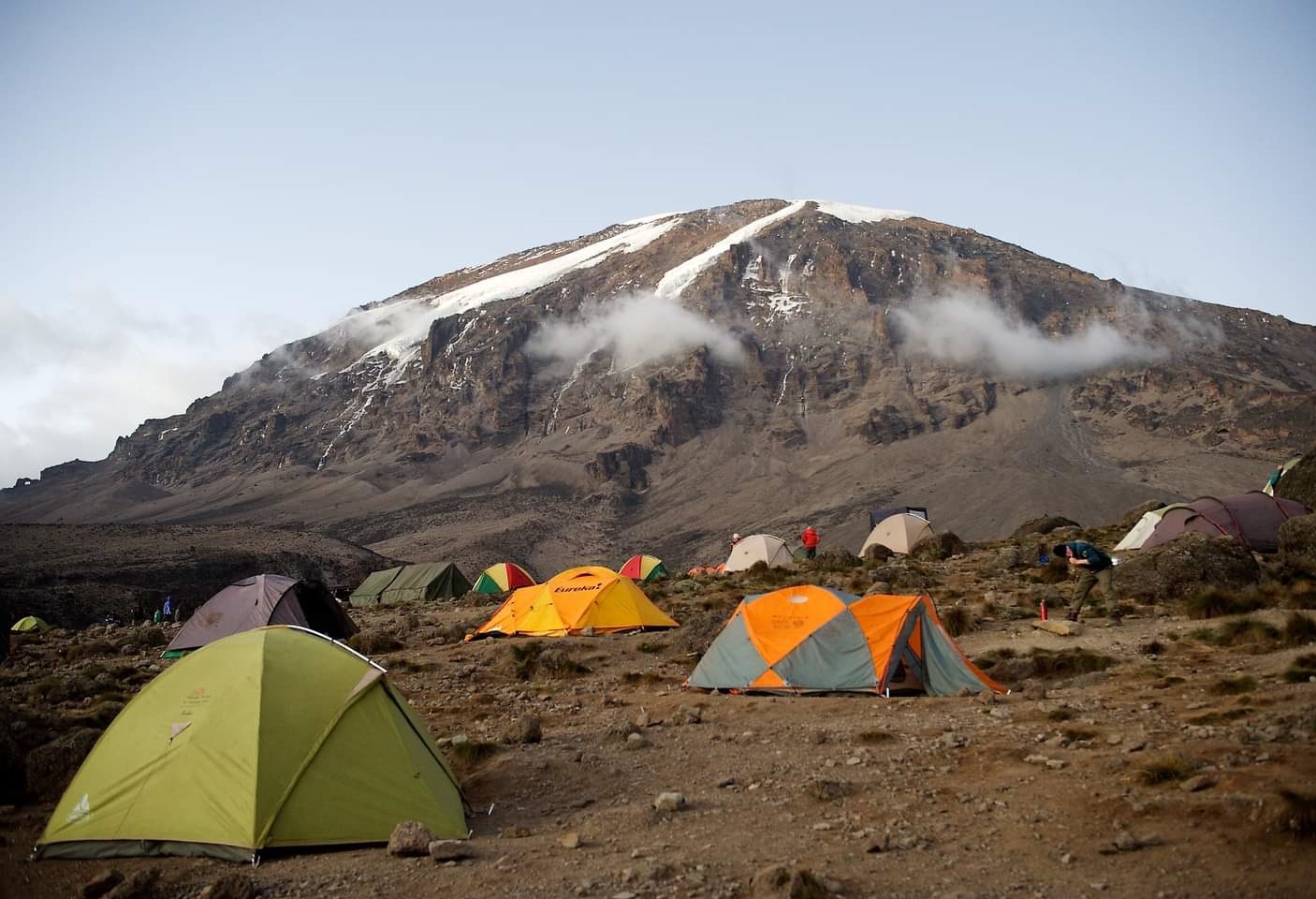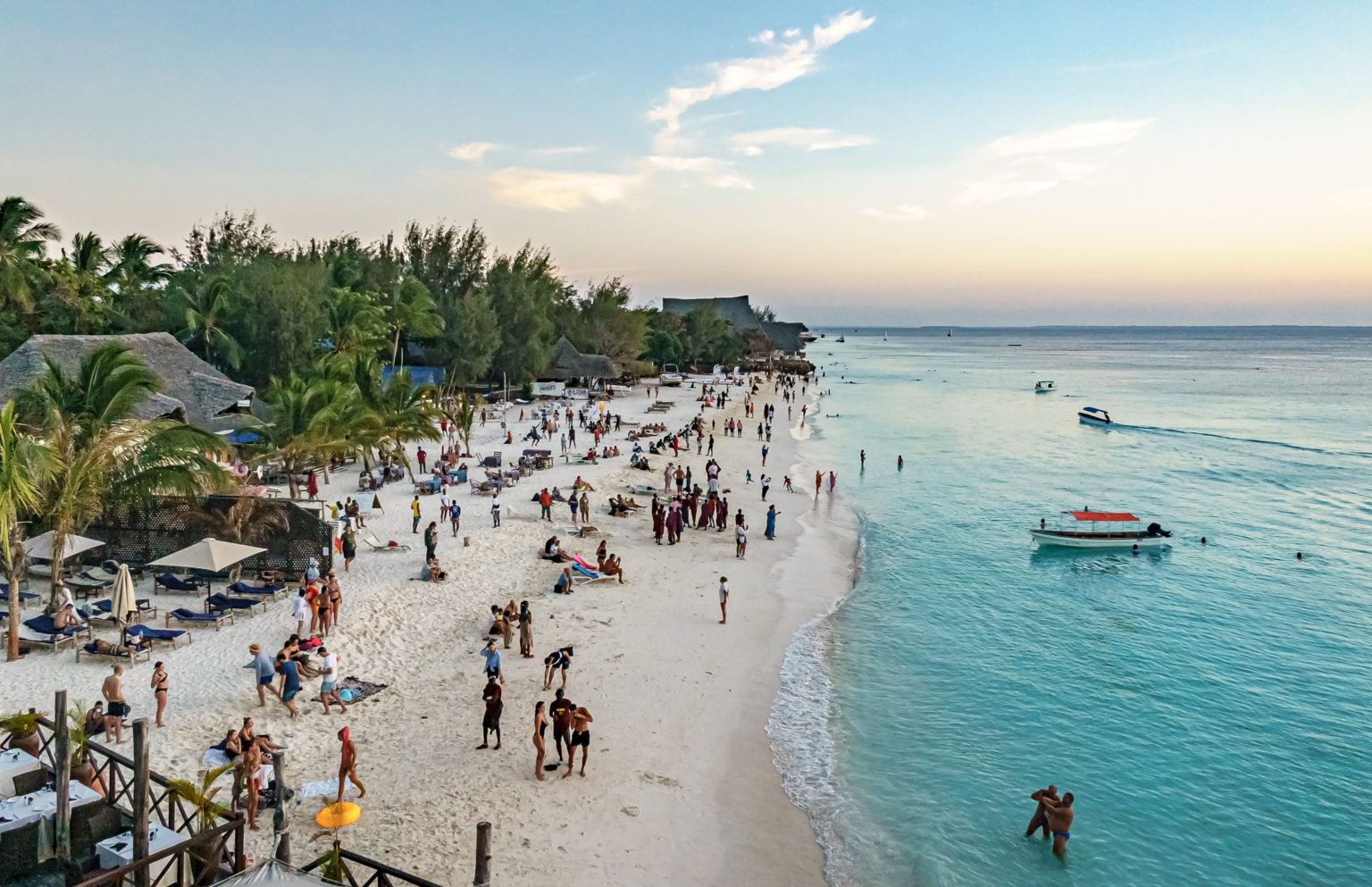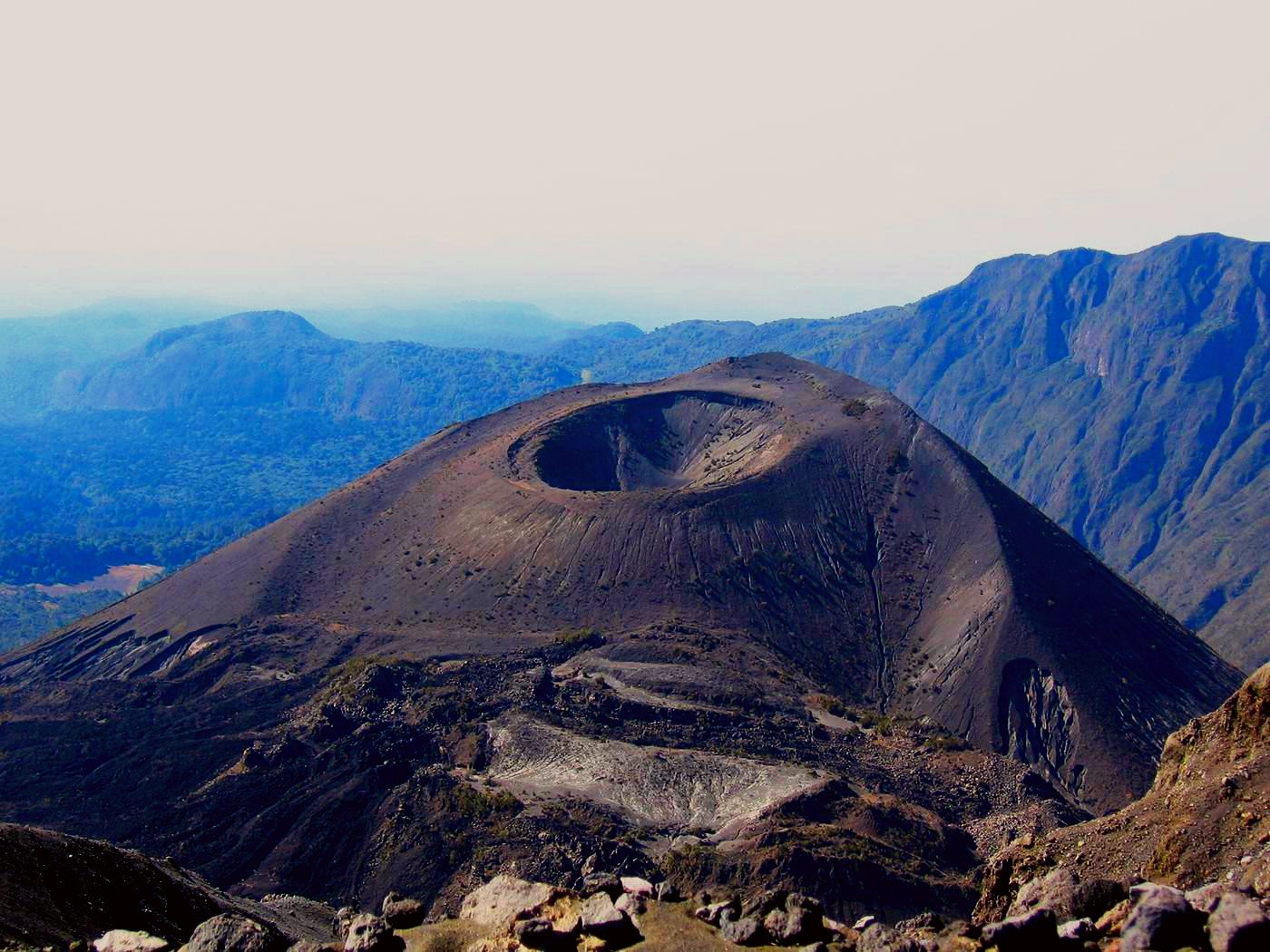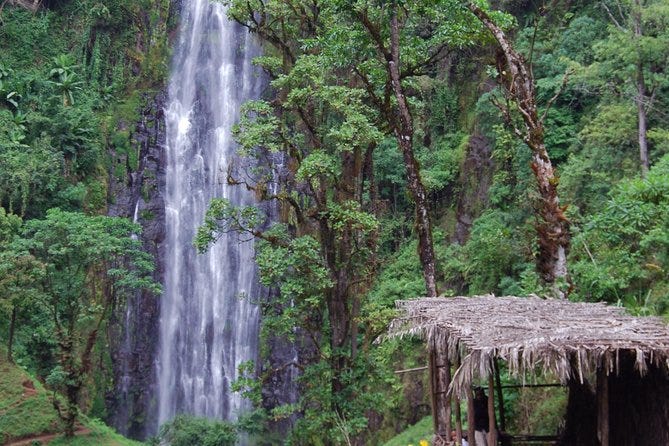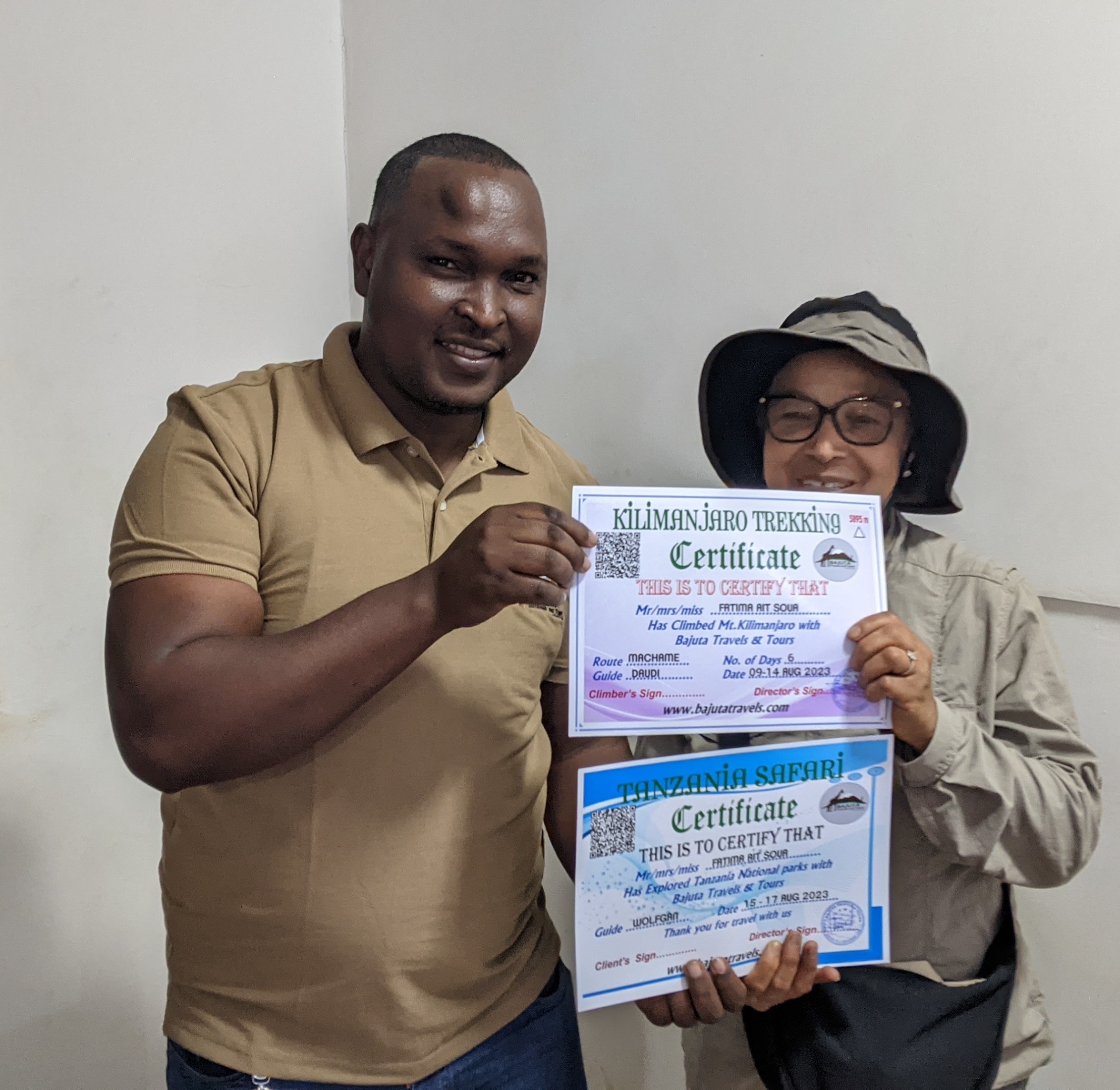Is difficult to Climb Kilimanjaro ?
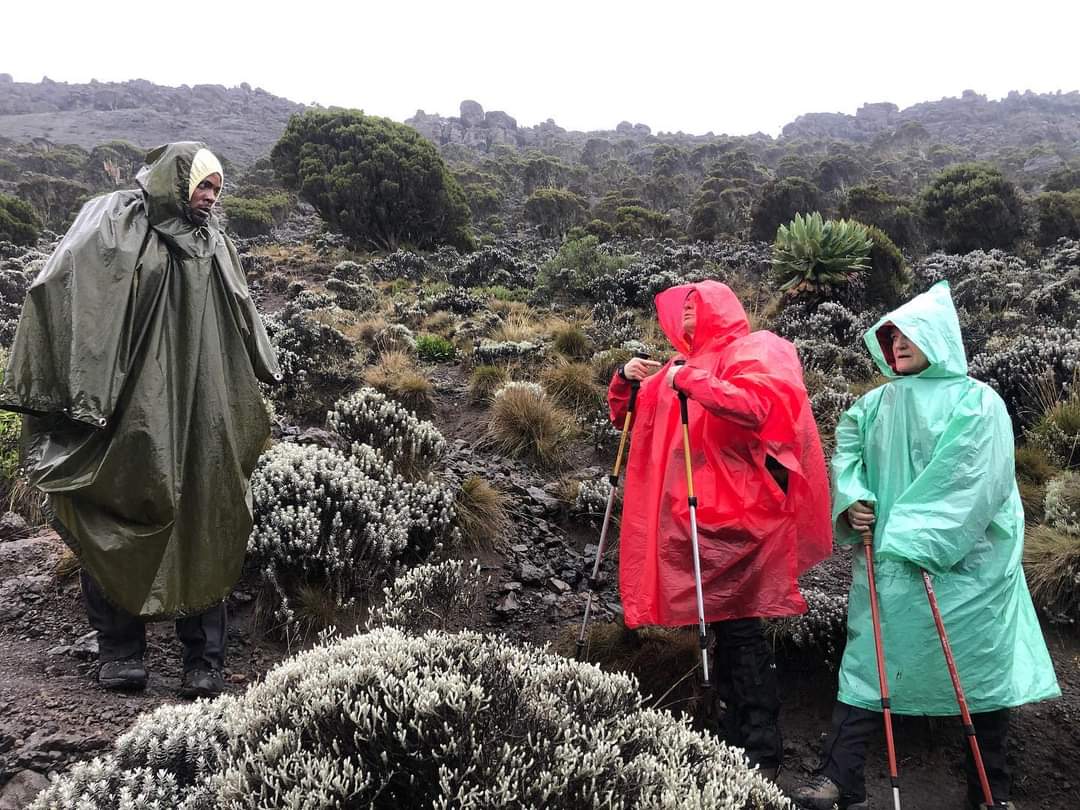
Overview
One of the first questions that inexperienced, aspiring mountaineers want to know, is whether there is any technical difficulty involved when climbing Kilimanjaro.
Mount Kilimanjaro isn’t a hard trek in terms of technicality, its a “walk-up”, a trekking peak that can be done without an ice axe, ropes, or harnesses. You don’t need any technical mountaineering skills at all.
WHAT TO CONSIDER WHEN CLIMBING KILIMANJARO
Dealing with Altitude Difficulty on Kilimanjaro
This is really one of the hardest part of climbing Kilimanjaro. Your ability to acclimatize and get used to the low oxygen in the air – while still having to trek long distances – is what sets Kilimanjaro apart from your average long day’s hiking.
Taking a long route – 6+ days – will give your body more time to acclimatize, and give time for adequate rest and recovery, as you won’t be in a hurry to make up the miles.
Always walk as slowly as you can. If that sounds a bit counter-intuitive, you’ll find your guide often repeating “Pole pole” which means “slowly slowly” in Swahili. By keeping a very slow pace, you’ll conserve your energy, you won’t exhaust yourself, and you’ll give yourself the best chance of adequate acclimatization! It’s not a race, folks…
You can also consider taking Diamox, to help with acclimatization. You’ll need a prescription from your doctor for it.
Your Fitness
It goes without saying that if you’re very unfit and physically unprepared, the trek is going to be much harder. How fit you need to be is often a source of great confusion. You don’t need to be an ultra-marathon runner, but you do need to be fit enough to walk multiple hours uphill with a weighted backpack. And then do it again the next day.
Your fitness will affect how well or otherwise you recover from each day’s hiking. As mentioned above, you’ll be walking very slowly, so slowly, probably, that if it wasn’t for the altitude, you’d be getting bored with the pace!
Our advice is always (once you’ve consulted your doctor)
Don’t make your climb harder by not making the effort to be as fit as you can be – but don’t make your preparation even harder by thinking you need to be an elite athlete.
Camping & Sleeping on the Trail Difficulty
If you’re used to only being able to sleep in your own bed, with fluffy white linen, then you may find the camping and sleeping on Kilimanjaro a bit hard – at least at first. While we provide comfortable sleeping mats and warm sleeping bags, if you’re not used to sleeping in a tent, it may take some getting used to.
For those who spend their weekends out in the bush, sleeping on the ground, the camping will be almost luxurious, as you don’t have to fix your own food or pitch your own tent!
Being able to get a good night’s sleep is important for your recovery. If you think you might find this aspect of climbing Kilimanjaro hard, then consider opting for the Marangu route, where you sleep in huts – or, better still, borrow a tent and spend a night or two in your backyard, to practice.
We’ve met people who were very worried about how hard it would be to sleep in a tent and camp. Often, by the end of the climb, they say how much they will miss it when they get home!
Temperature & Weather
Another thing that can make climbing Kilimanjaro difficult, is adverse weather conditions. Mountains are notoriously unpredictable, but certain times of year are better than others, from the point of view of rain. ( Best Time and Month to Climb Kilimanjaro) It’s cold. Very cold. As you get higher up, the temperature drops significantly at night. If you know you suffer from the cold, you’ll need to be prepared, and have the right gear with you. The wrong gear can make your life on the mountain much more difficult. Have a look at our Packing guide for Kilimanjaro
Your Health
Obviously, if you have ore-existing medical conditions or an injury that makes walking or carrying a pack difficult, you may find it harder than others. Your doctor will be able to advise whether or not you are in good enough health to tackle Kilimanjaro. But, take inspiration from some of the people that have climbed Kili with the odds stacked against them!
In addition to this, keeping yourself healthy on the trail is important. Making sure you maintain good hygiene – especially before meals – to ensure you don’t get any tummy trouble. And, of course, ensuring that the company you climb with is meticulous in their food preparation hygiene! you can read more on Food and water on Kilimanjaro
Your Guide
Making sure the guide you are with is knowledgeable, experienced, and trained in high-altitude medicine can mean the difference between a successful, safe summit, and an early descent with altitude sickness.
Having confidence in your guide is extremely important and can remove some of the mental strain of worrying about how you are coping with the altitude. Being able to tell your guide any symptoms you experience, and having medical check-ups daily can help you to feel more confident about pushing forwards, even on days when it’s feeling a bit “too hard”.
In addition to this, going with a group can be a wonderful way of sharing the experience, and while it won’t make it any less physically tough, it can make it less emotionally tough!
Mental Fitness
Keep a positive attitude!
A lot is written about physical fitness when it comes to climbing Kilimanjaro. But just as important, and arguably even more important is your mental toughness. Some people don’t know just how mentally tough they are until they meet a challenge.
The long days on the trail, being far away from home, sleeping in tents, hiking in cold, rugged conditions – all of these aspects can contribute to the emotional – or mental – difficulty of the climb. Particularly on summit night, the long, hard, uphill slog can feel interminable – and it’s your mental resilience that keeps you going.
Chances are, you’re tougher than you think! But it’s worth remembering that Kilimanjaro can be as much of a mental and emotional challenge as a physical one.
Always remember your “why”. Why did you want to climb Kilimanjaro? What brought you to Africa to tackle this great mountain? Your own personal reasons for making this trip can be a great source of inspiration when things are getting tough.
Stay positive – and mindful of the beauty of the mountain, the challenge of the summit is something you’ll always remember.
Gear
We’ve touched on this before. It’s not just about the gear you bring with you, there are comprehensive packing lists available.
Just as important is the gear your tour operator brings. You want to make sure you are climbing with a company that uses gear suitable for the mountain conditions. No good having all the right kit yourself if you find yourself sleeping in a leaky tent, and sitting on broken chairs! Make sure you choose your company wisely, so you’re confident that all gear is well maintained. Check out our article on How to find the best Kilimanjaro tour Company.
Wearing-in your boots is very important. Don’t wait till you get to Africa to start. Go hiking in them, wear them around the house, on the treadmill, whenever you get a chance. Additionally, make sure you carry your weighted pack and get used to its adjustments, and how it fits with different layering combinations. Practice layering your clothes, until it becomes second nature.
Food & Drink
Dehydration will make this climb very hard. It will affect your ability to acclimatize and to recover from a hard day on the trail. You’ll want to drink a lot of water – and if you find it hard, you can add some flavorings, in the form of electrolyte powders or liquids, or simple squash if you prefer.
You’ll be burning a lot of calories – so you’ll need to replace them! Making sure you eat enough will help you with your energy levels throughout the day, as well as help you recover from the strenuous exercise. Bring some of your favorite energy bars or snacks from home, as altitude can affect your appetite, so some tasty treats might tempt you to eat, even if you’re not too hungry.
